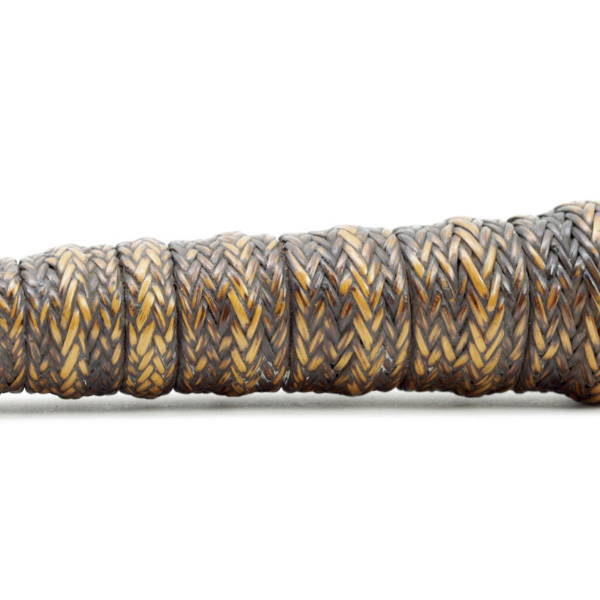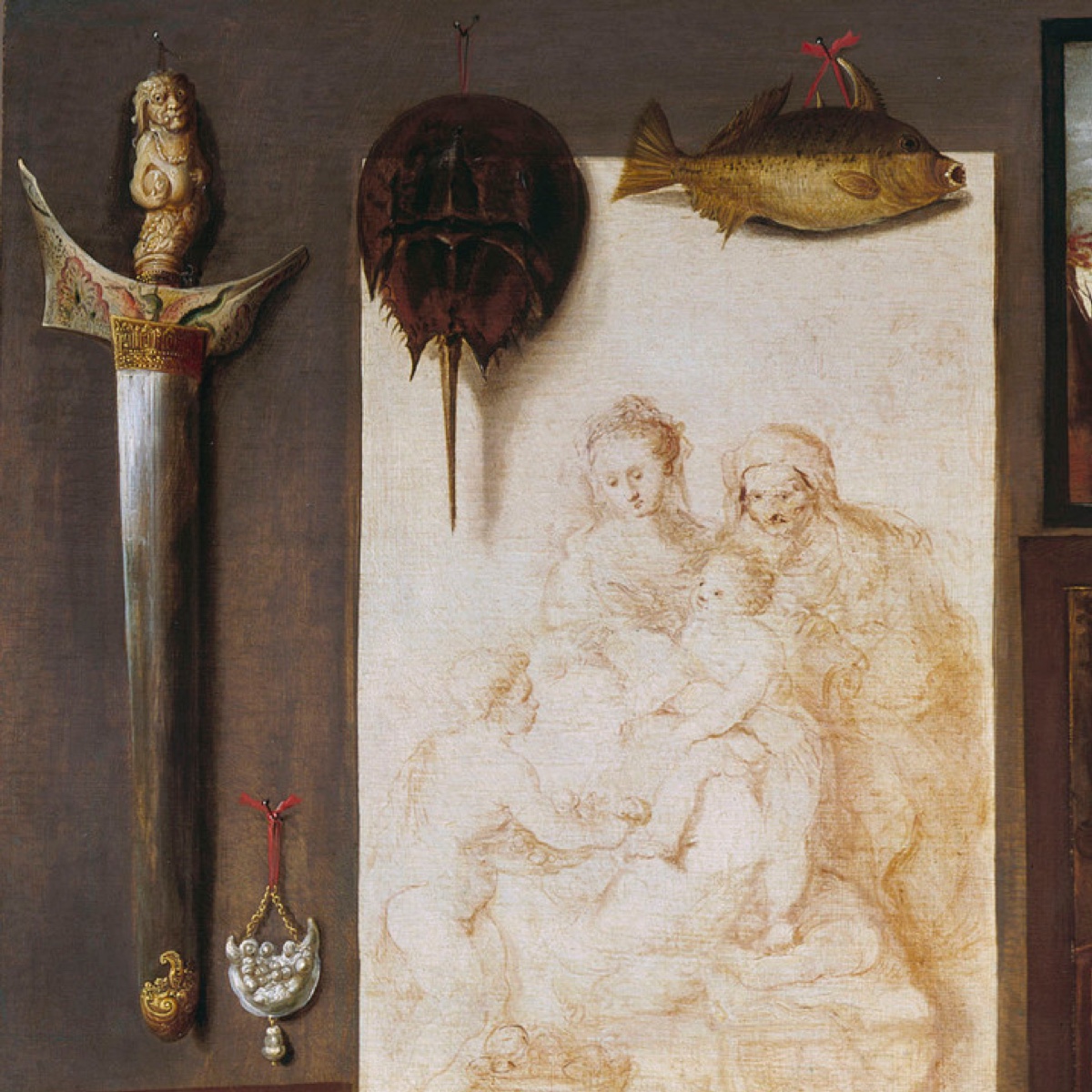
Asian arms in Dutch master paintings
Dutch masters' fascination with exotic Asian wares shown in a series of paintings.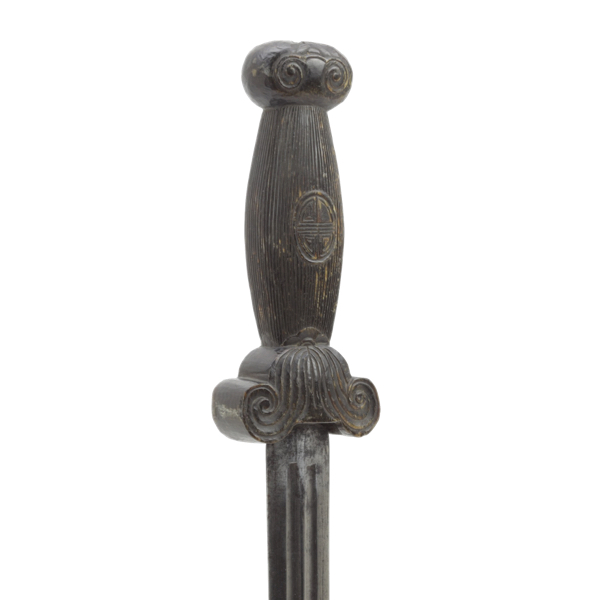
Vietnamese shortsword
A short version of the Vietnamese kiếm sword with a finely carved horn hilt.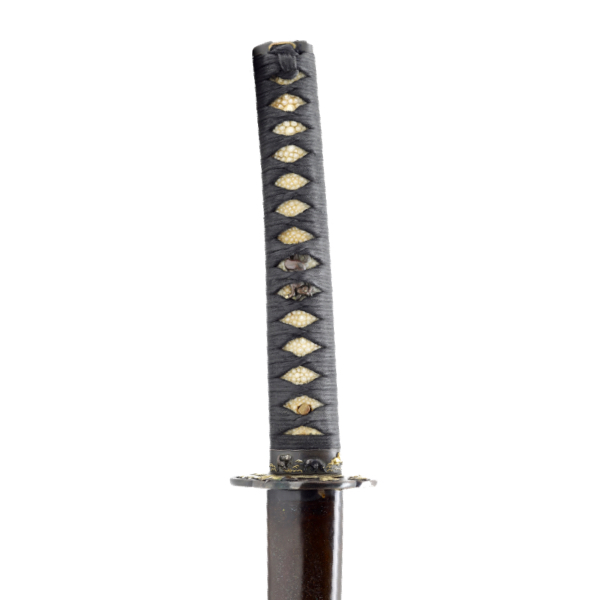
Katana in horse theme koshirae
Blade signed Sesshū-jū Fujiwara Hiroyoshi, active in the 1670s-80s.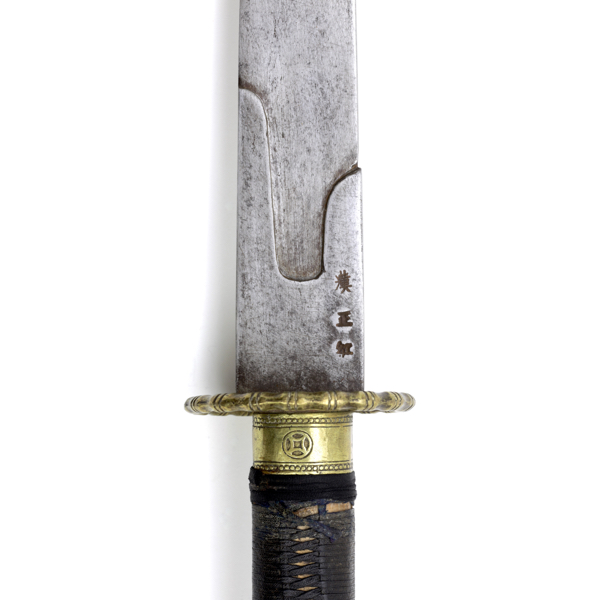
Han Plain Red Banner saber
Southern Chinese saber made for a soldier under the Plain Red Banner.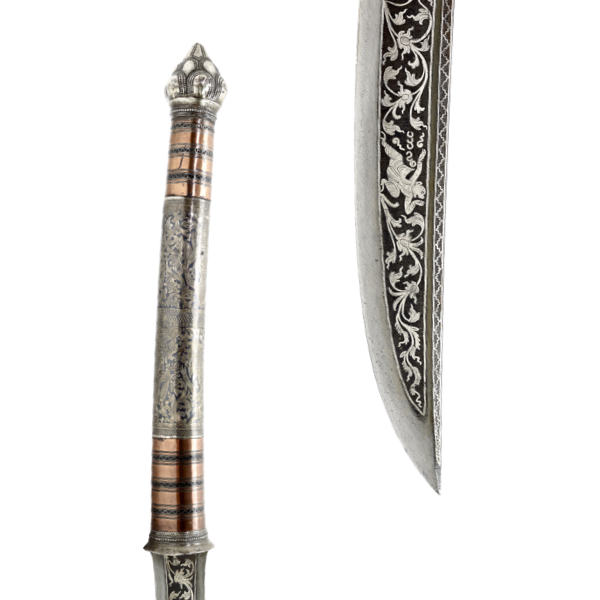
Very fine Mindan dha
Introduction
Fine silver overlaid dha made in Mindan village, south of Mandalay, gained fame in th
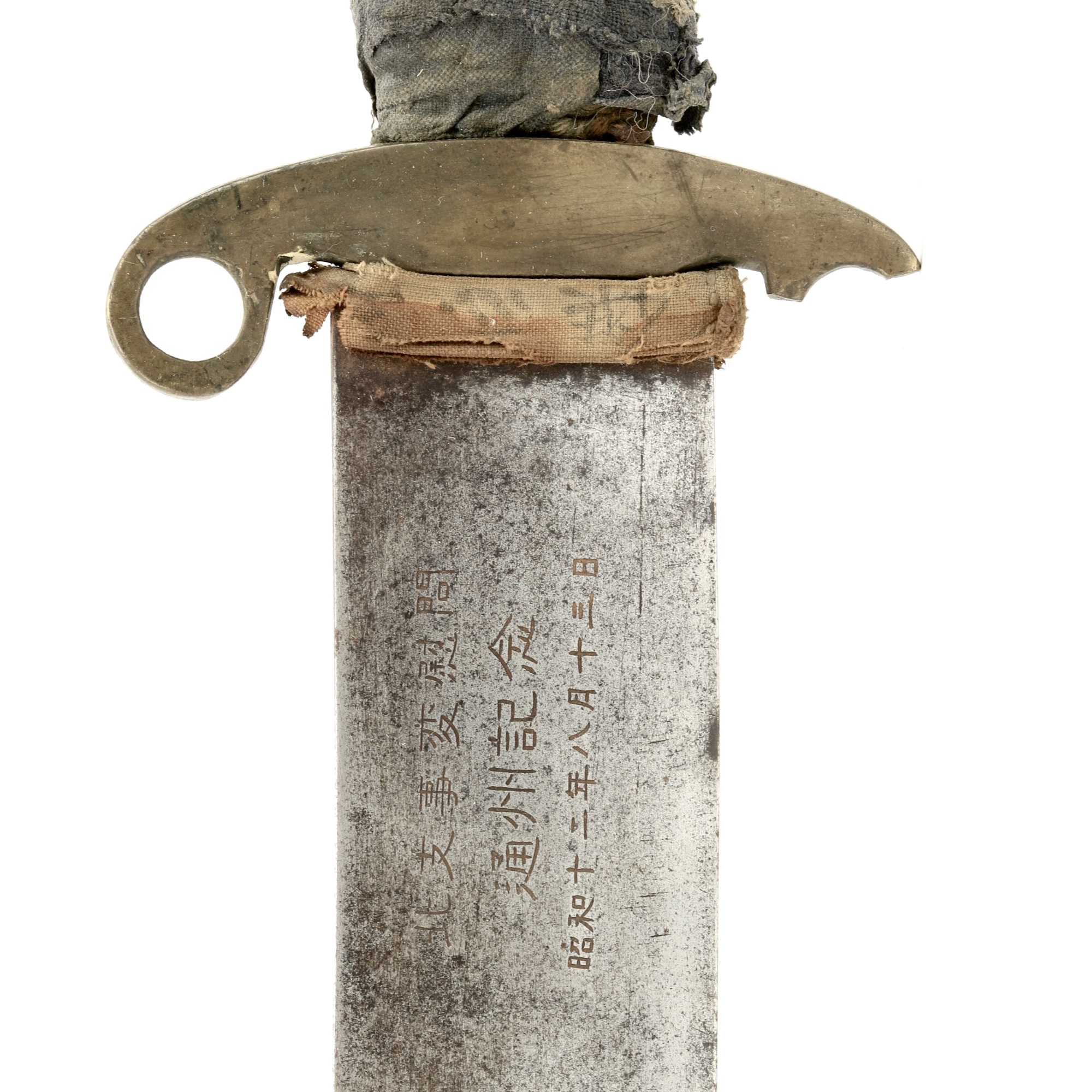
Tongzhou incident 29th army dàdāo
With markings attributing it to the Tongzhou incident and a Japanese surrender tag.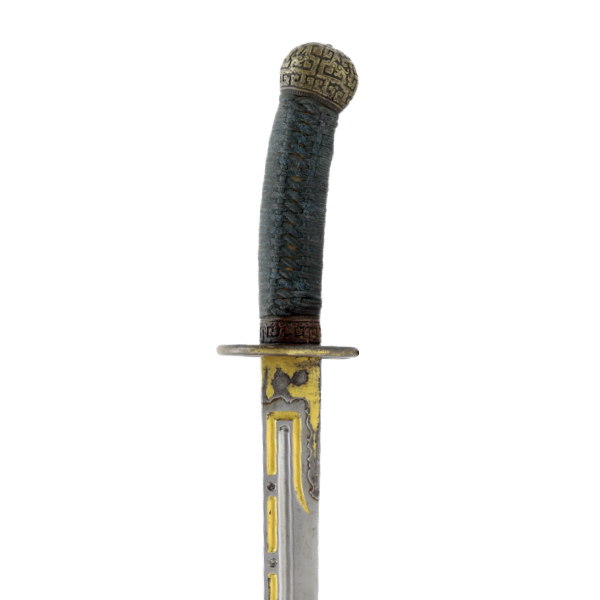
Qing peidao with gold grooves
With fine 18th century blade that combines many stylistic features.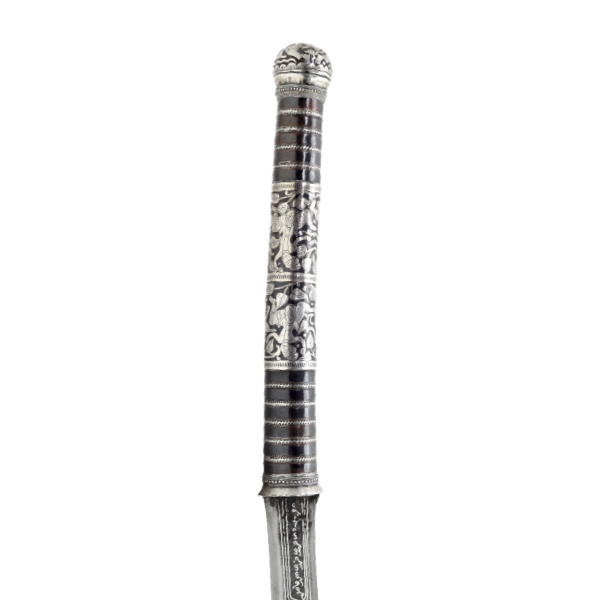
Dha with story of Maung Tin
Of the silver overlaid type made in Mindan, with an unusual story on the blade.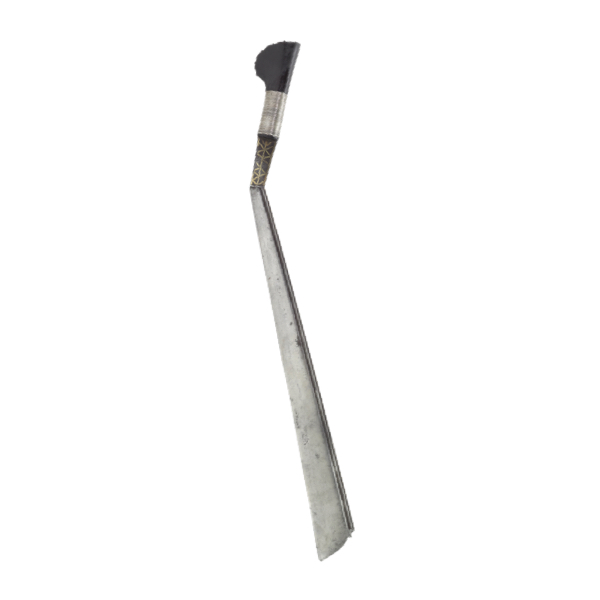
Parang latok
A peculiar land Dayak sword with a sharp bend in the blade.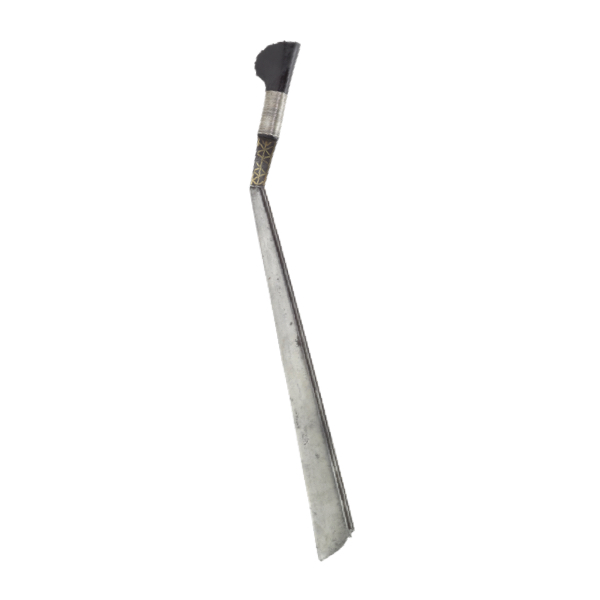
Parang latok
A curious slashing weapon from northern Borneo.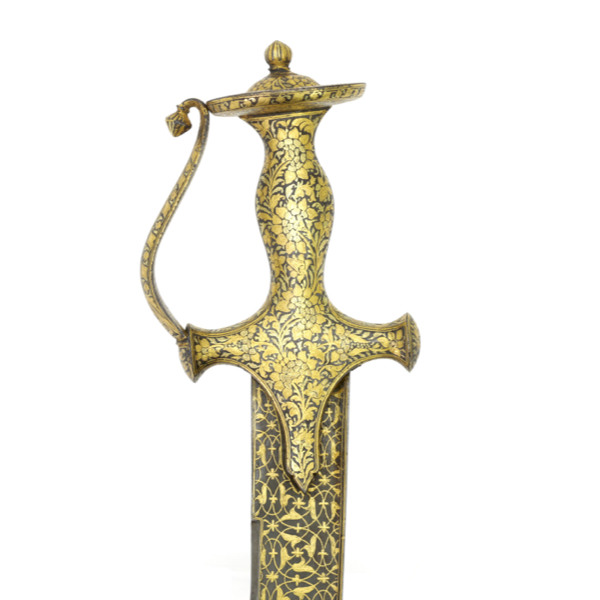
Sosun pattah with twistcore blade
The hilt with overlay of the finest quality of the period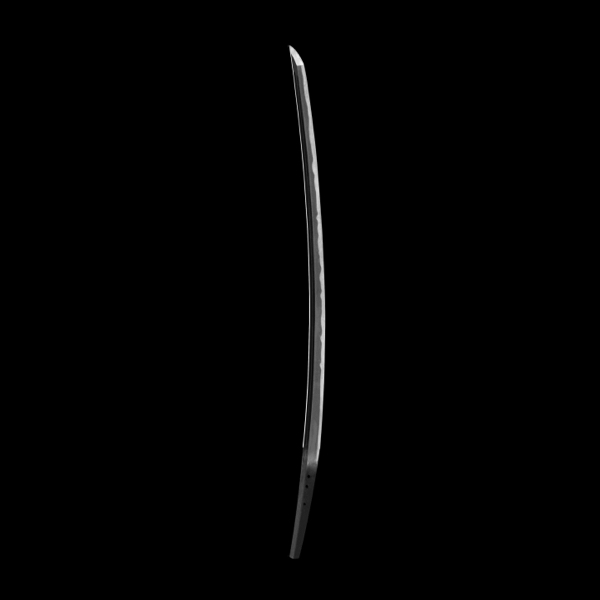
Important Ko-Hōki Sadatsuna katana
12th-century blade. 33rd Shinsha Juyō Token with sayagaki by Tanobe.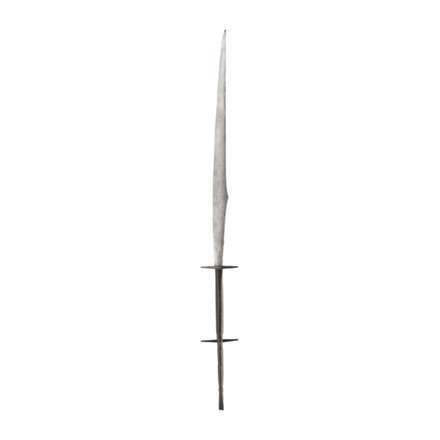
Waitsum
Language: Khasi
Source: In common use
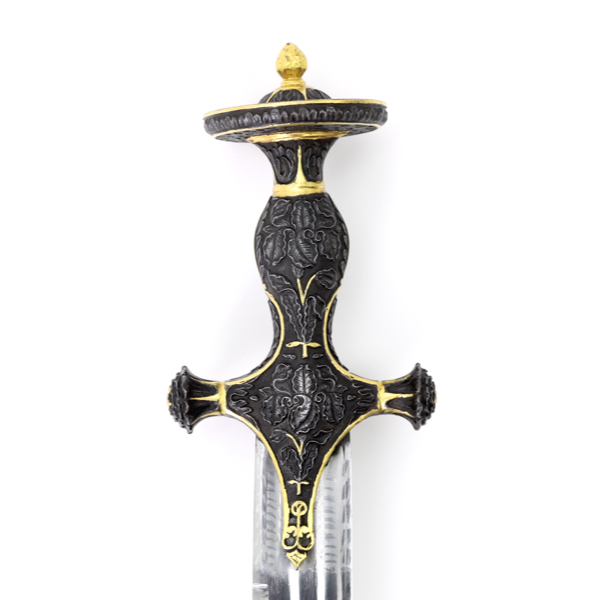
Talwar with 1693 dated blade
With later, elaborately chiseled hilt of very fine quality.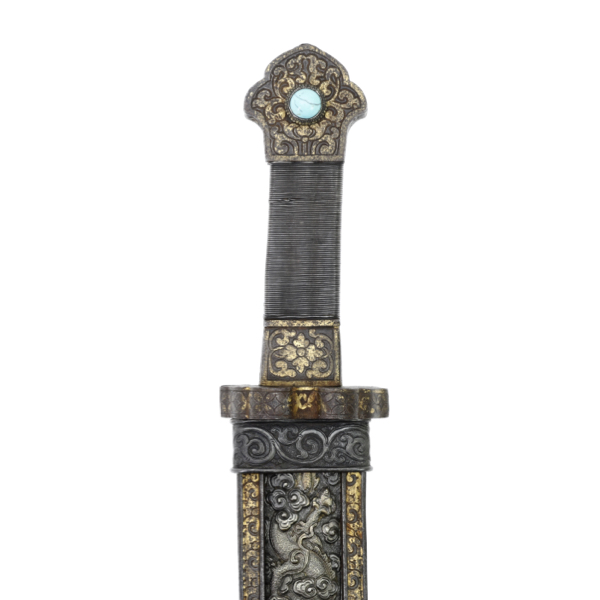
Tibetan cavalry dpa'dam
With massive blade and silk brocade decorated scabbard.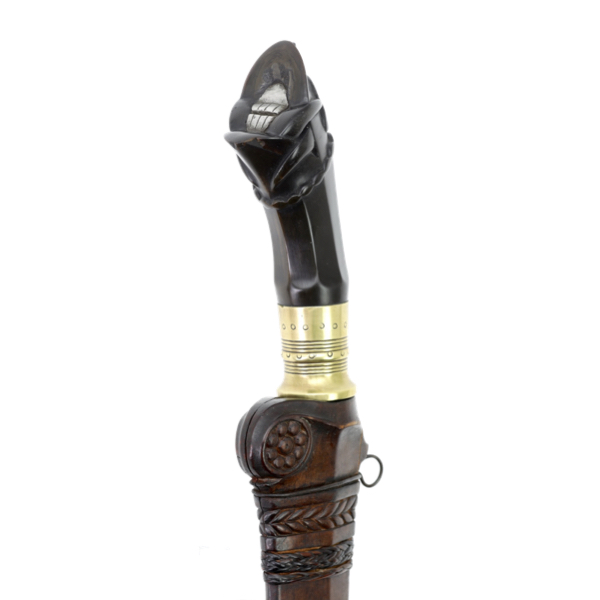
Unusual South Nias sword
Of rather clean design for the area, with separate silver mouth with teeth in hilt.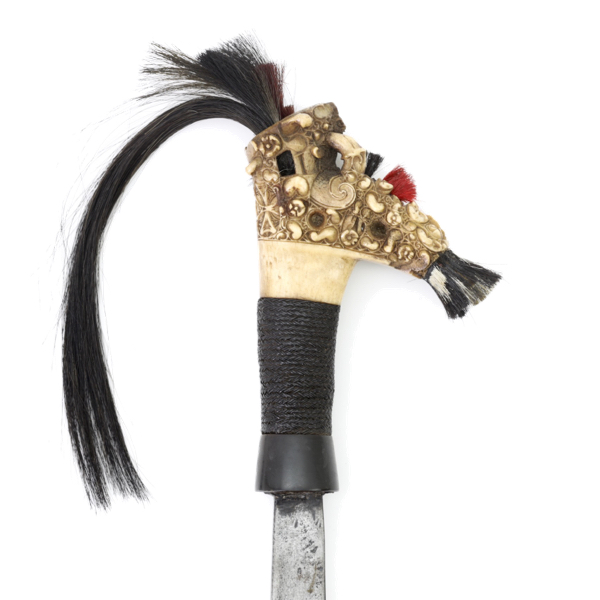
Finely carved mandau
A fine Dayak headhunter sword with an exceptionally carved hilt.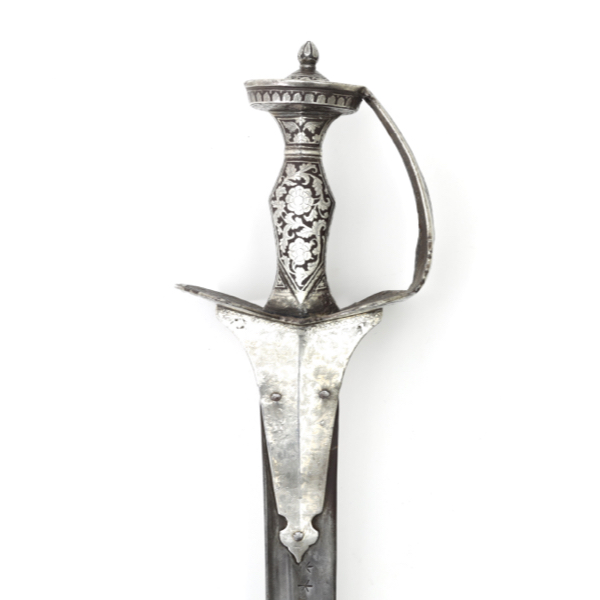
Deccan firanghi with silver overlay
The basket hilt is elaborately overlaid with silver in floral designs.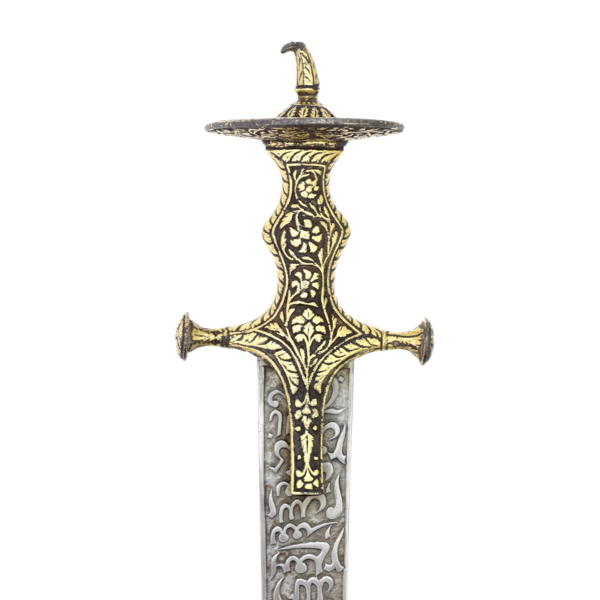
Interesting kirach with dated hilt
Mentioning the son of a Maharajah and a year corresponding to 1887 A.D.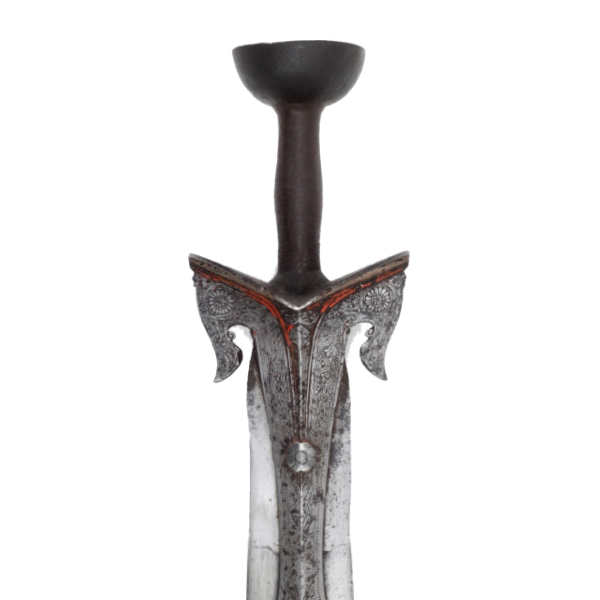
Fine 17th century pattissa
The enormous blade made of fine, boldly contrasting wootz steel.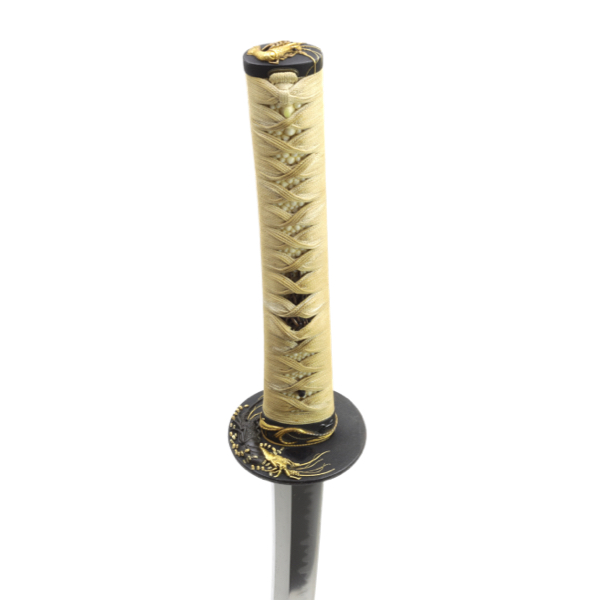
Jumyo katana with fine koshirae
The very detailed mountings are decorated with designs of Japanese spiny lobsters.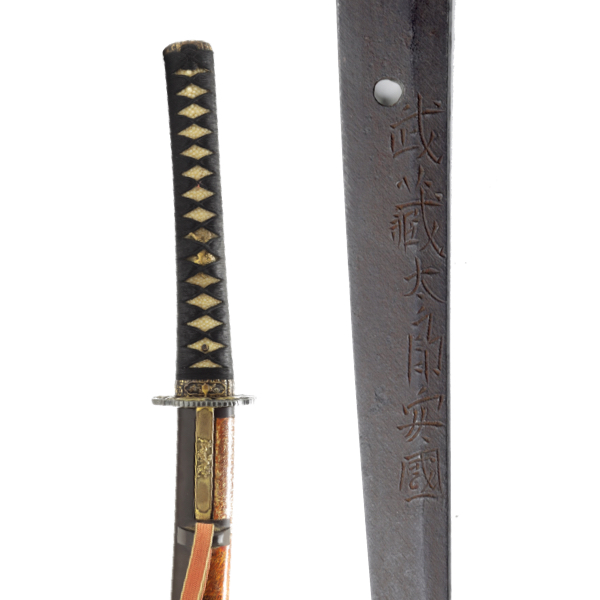
Katana by Musashi Taro Yasukuni
Signed, ubu. Complete with tasteful koshirae and Hozon papers.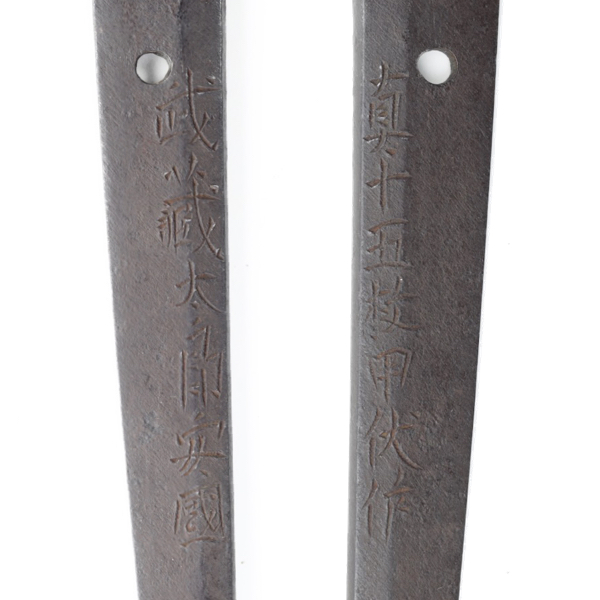
Musashi Taro Yasukuni (武蔵太郎安国)
A Japanese swordsmith who lived between 1650-1730.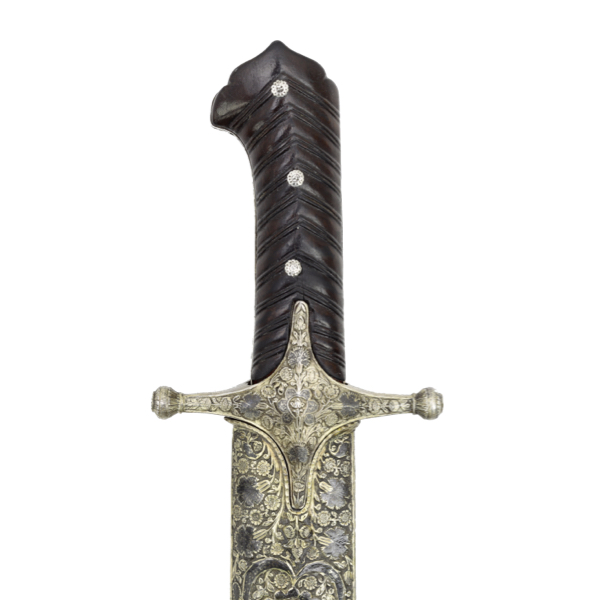
Fine early Ottoman karabela
A fine, early example dating from around 1700 with silver gilt niello mounts.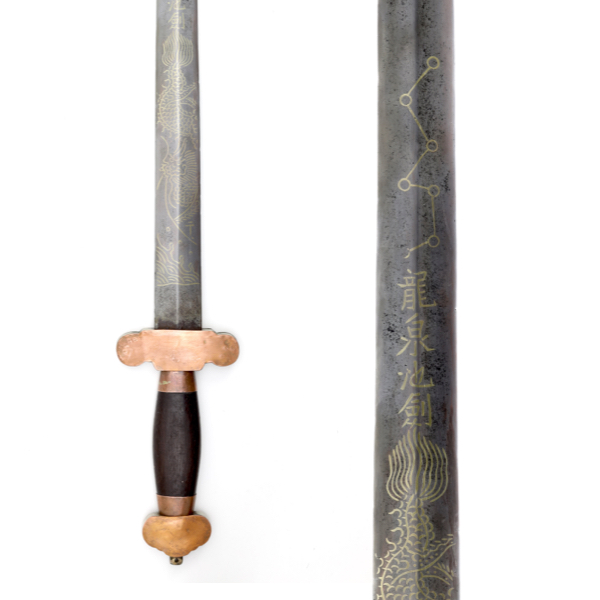
Longquan jiàn by Qian Zi Hao
A Chinese shortsword made by a well-known Longquan maker.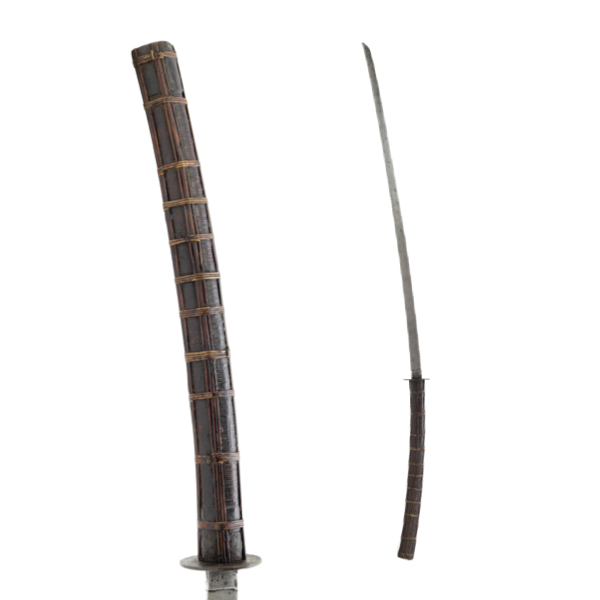
Cambodian long saber
Sized like the Chinese changren dadao, yet the execution of the hilt is Cambodian.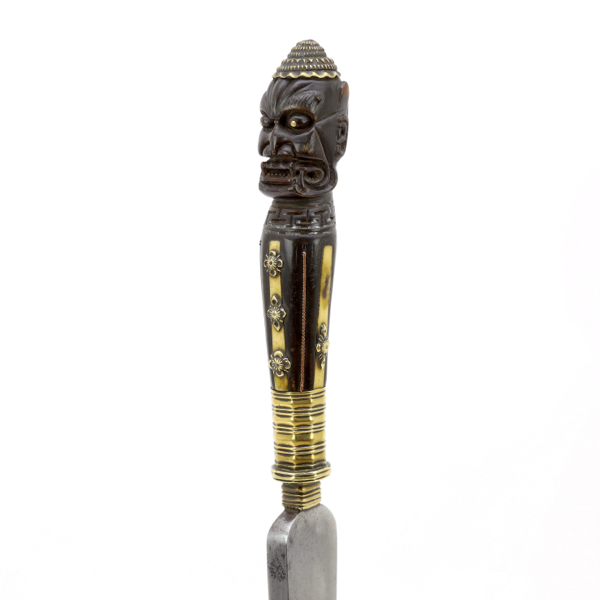
Chinese demon head saber
Based on a Chinese military saber blade, with unusual horn demon hilt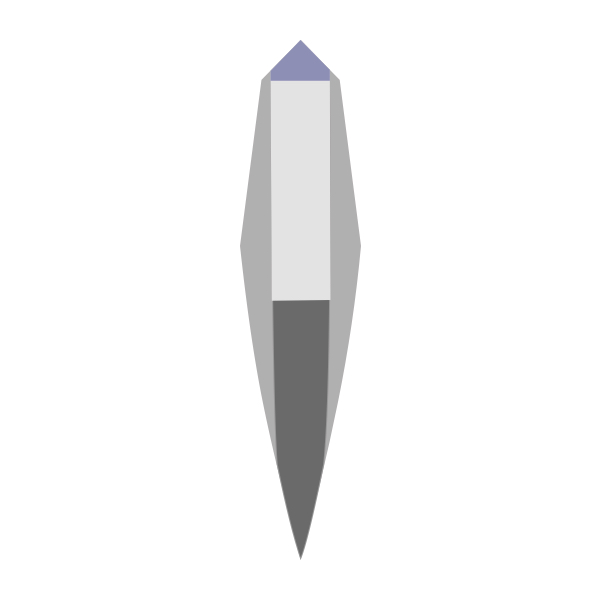
Shihōzume-gitae (四方詰め鍛え)
Japanese word for a sword construction with a high carbon edge, low carbon core, medium carbon sides and a separate back.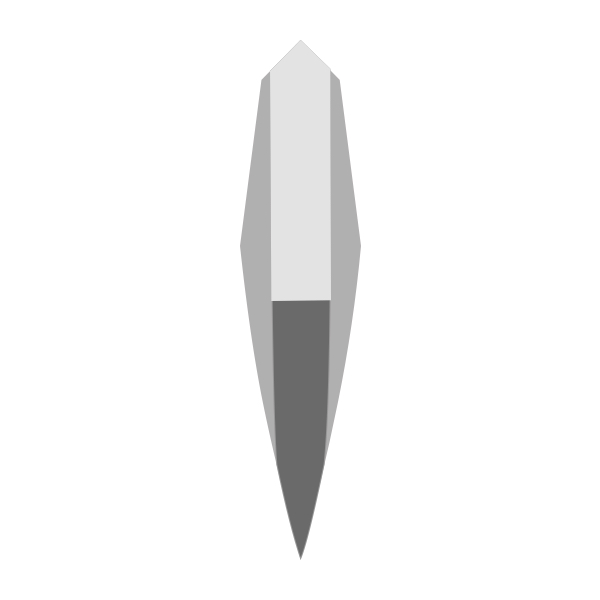
Hon-sanmai-gitae (本三枚鍛え)
Japanese word for a sword construction with a high carbon edge plate under a soft core, flanked by medium steel.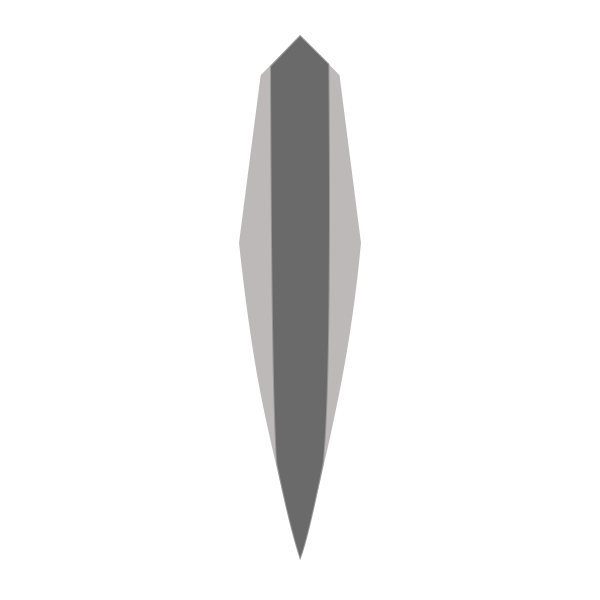
Sanmai-gitae (三枚鍛え)
Japanese word for a sword construction with a center high carbon edge plate.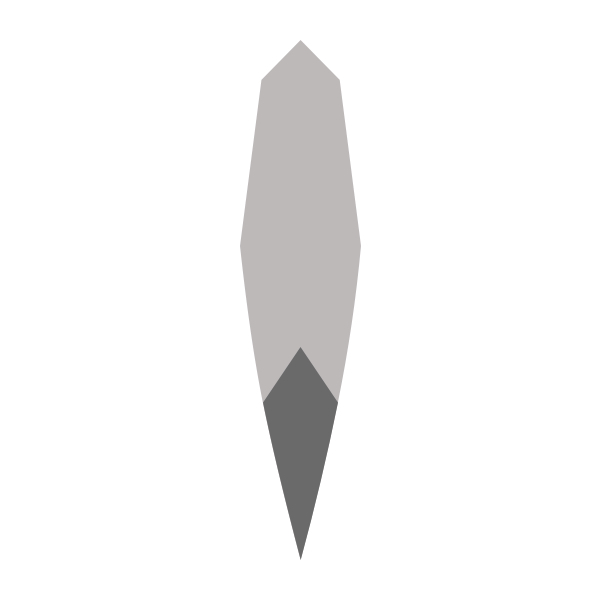
Wariha-gitae / wariba-gitea (割刃鍛え)
Japanese term for a sword construction with an inserted edge made of higher carbon steel.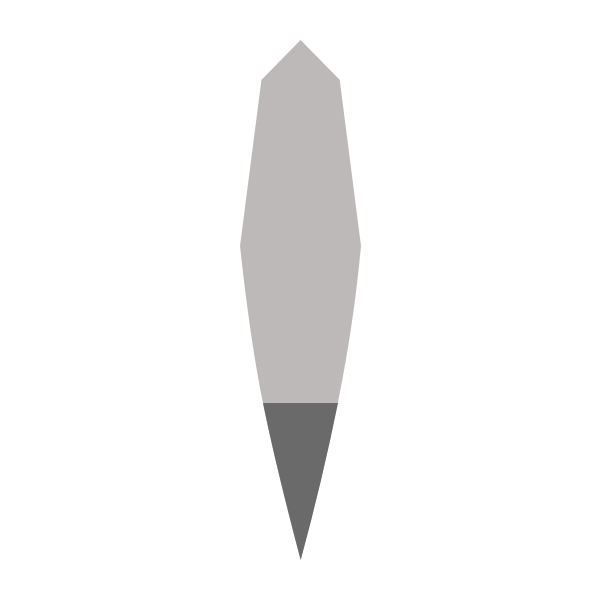
Hyoshigi-gitae (拍子木鍛え)
Japanese term for a sword construction with an edge made of higher carbon steel.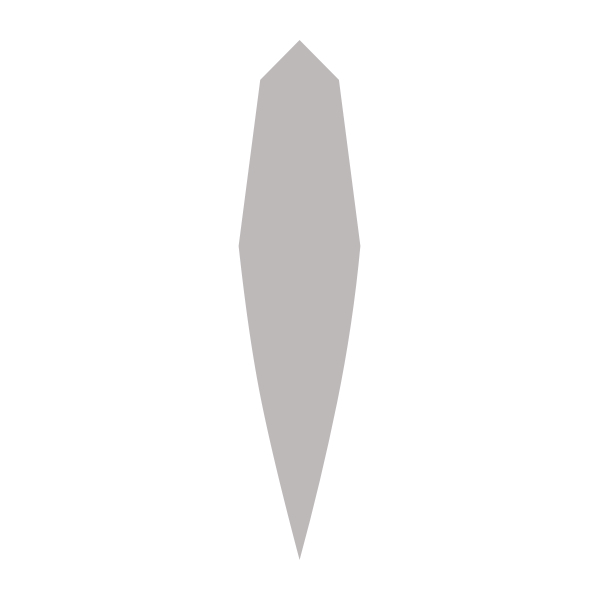
Maru-gitae (丸鍛え)
Japanese word for a basic blade construction consisting of one type of steel.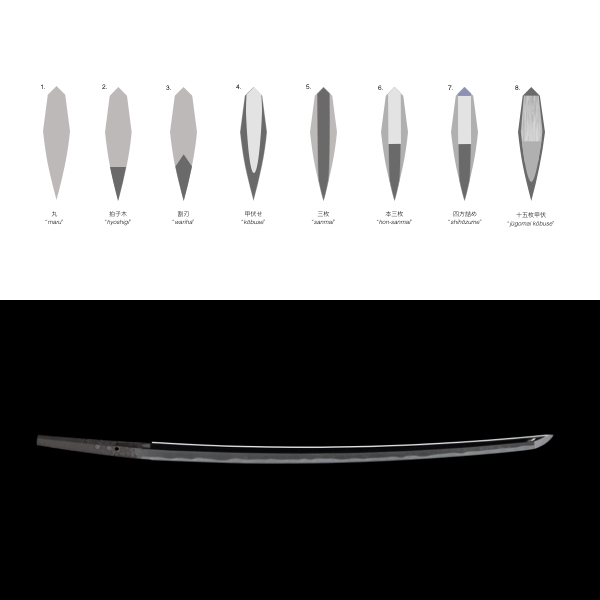
Construction methods of Japanese swords
This article will describe several methods by which the Japanese joined higher and lower carbon steels into their blades.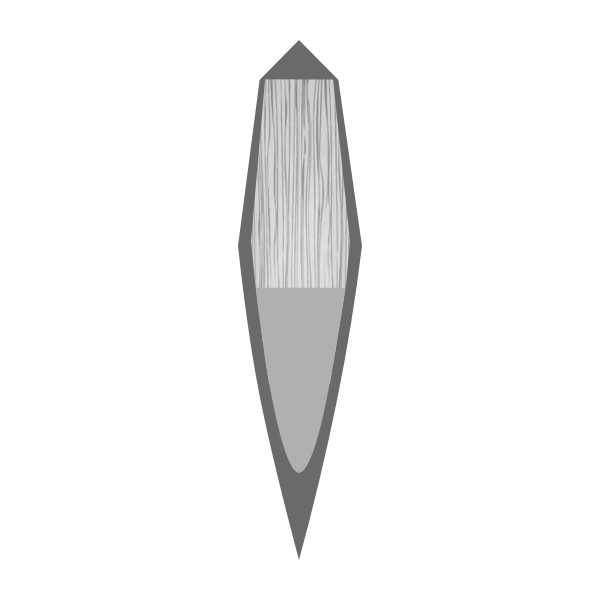
Shin jūgomai kōbuse-gitae (真十五枚甲伏鍛え)
Japanese sword construction that is was found inscribed on some tangs.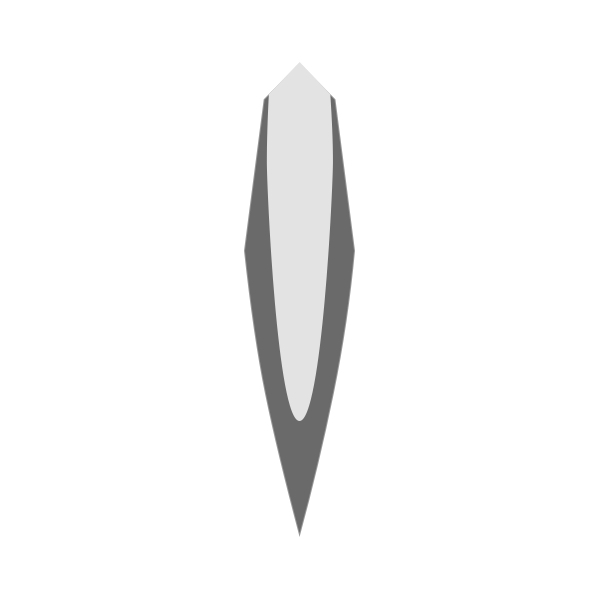
Kōbuse-gitae (甲伏せ鍛え)
Japanese word for a sword construction with high carbon steel outer jacket around a softer core.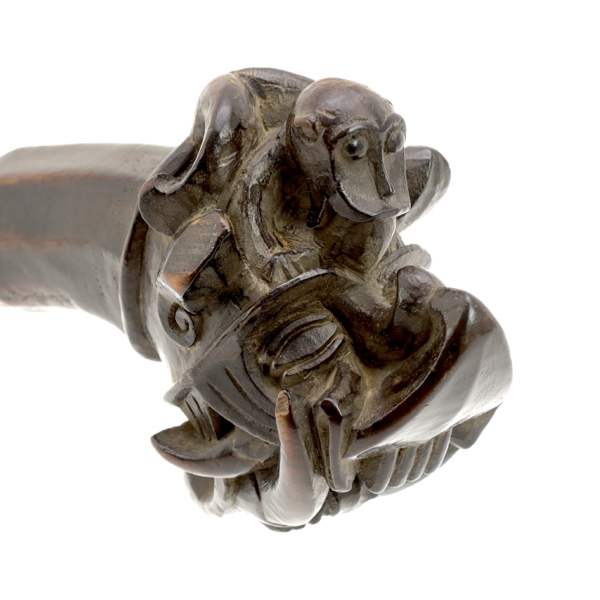
Bekhu
Nias name for the monkey-like figure carved on some sword hilts.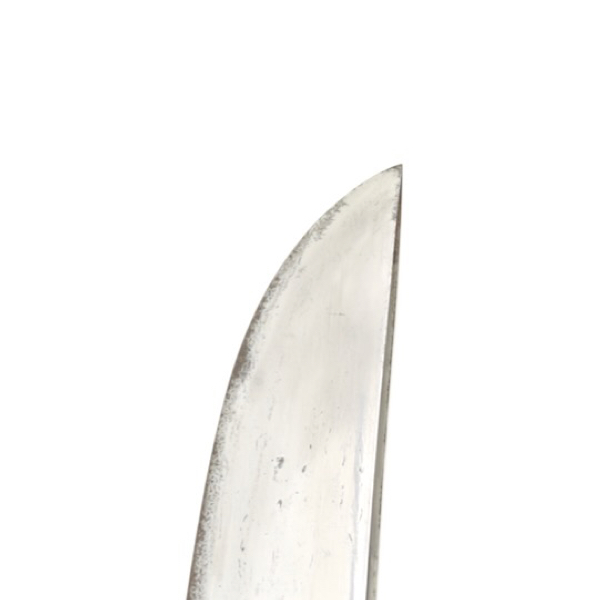
Kanetuhu / Etuhu
Ainu words for the point of a knife or sword.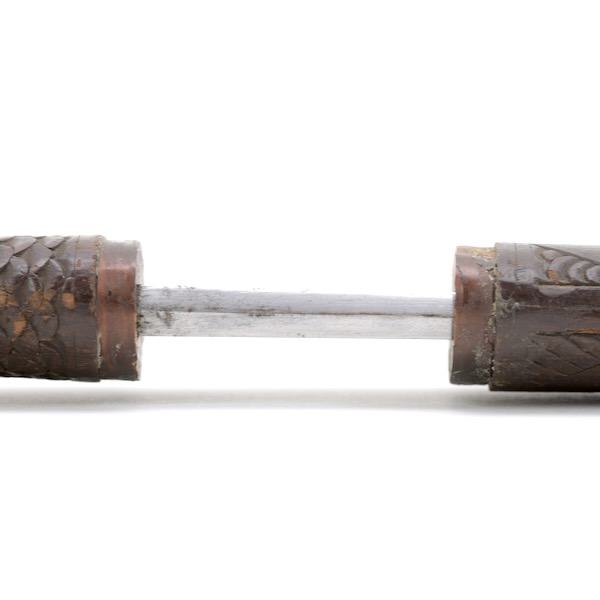
Mekkashike
Ainu word for the back of a knife, or sword. Also the ridge of a mountain or house.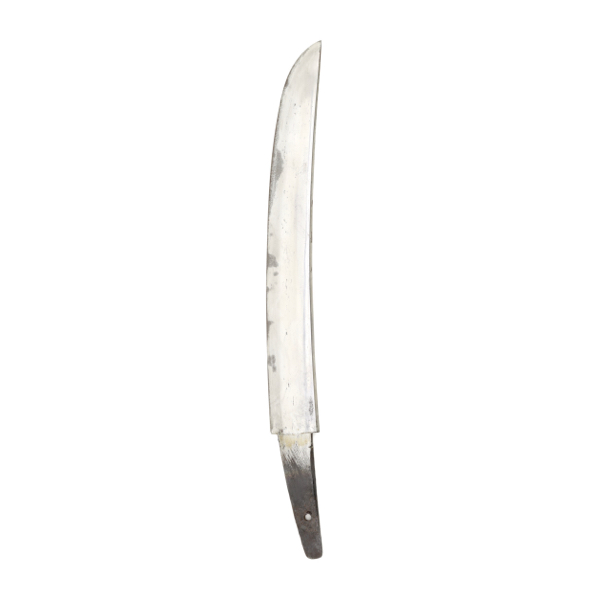
Ibehe
Ibehe is an Ainu word for a knife or sword blade.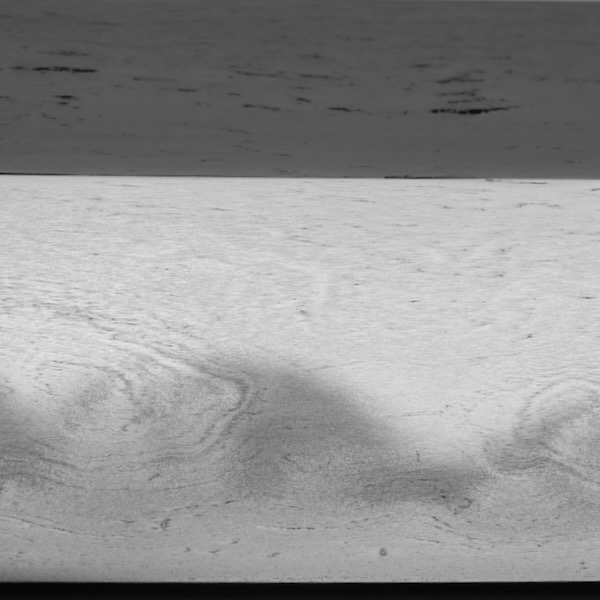
Nioi (匂)
Japanese word for fine martensite crystals in the blade's temperline.
Nie (沸)
Japanese word for martensite crystals that form in blade under certain conditions.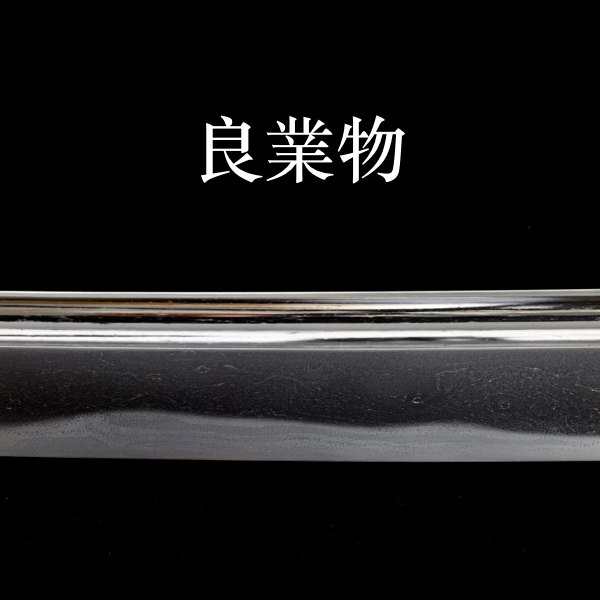
Yoki Wazamono (良業物)
Japanese term for a sword with the third highest rated cutting ability.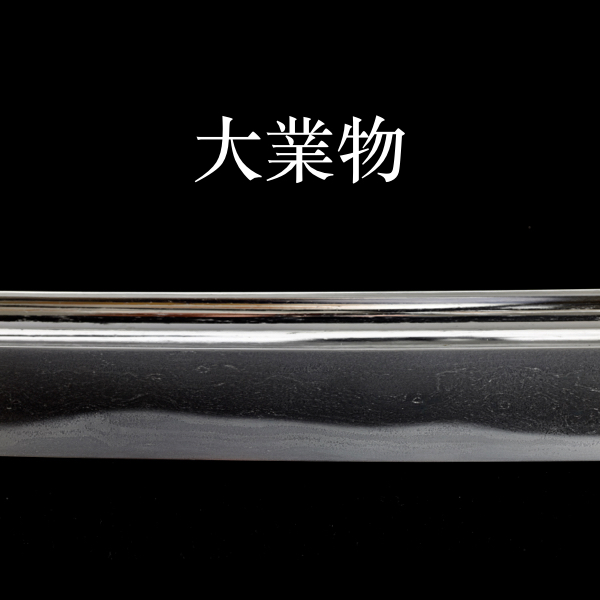
Ō Wazamono (大業物)
Japanese term for a sword with the second highest rated cutting ability.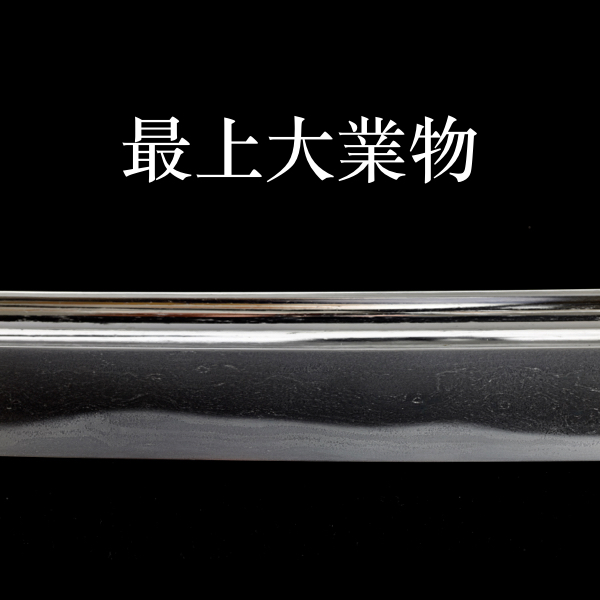
Saijō Ō Wazamono (最上大業物)
Japanese term for a sword with the highest rated cutting ability.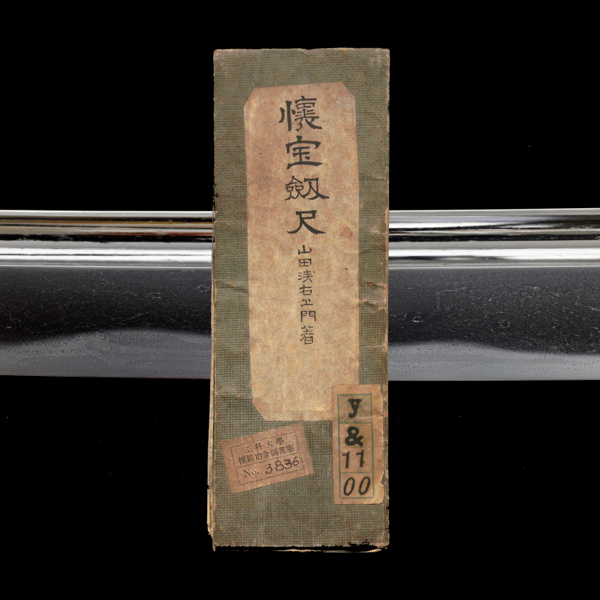
Wazamono (業物)
Japanese term for a sword that is tested to cut well.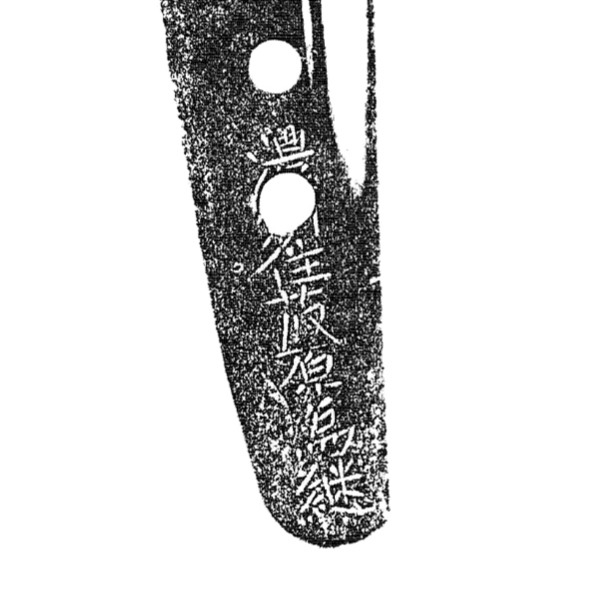
Tametsugu (為継)
A Japanese swordsmith in the Shōshū tradition.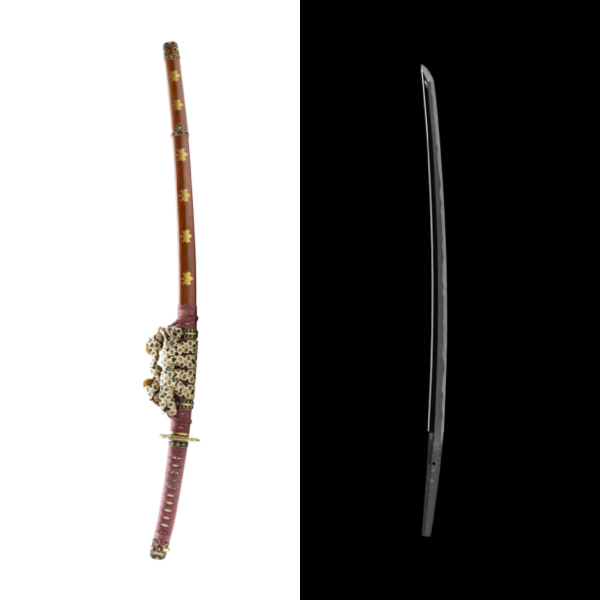
Sōshū sword with tachi koshirae
Tokubetsu Hozon, attributed to Den Tametsugu. With fine itomaki no tachi koshirae.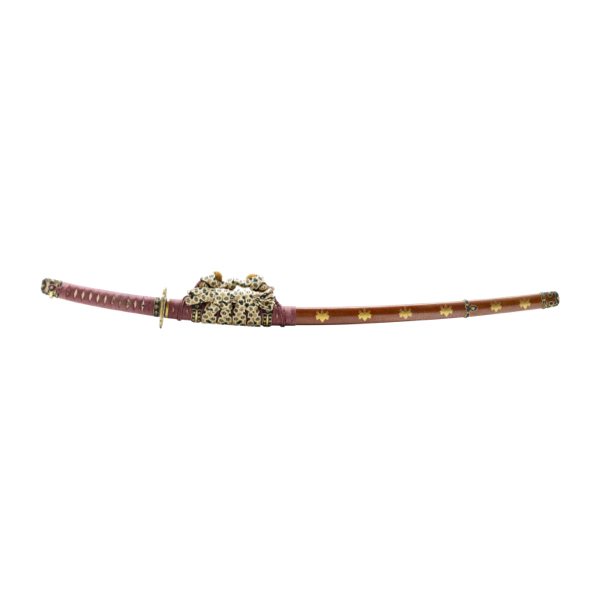
Itomaki no tachi (糸巻太刀)
Japanese term for a type of tachi koshirae.